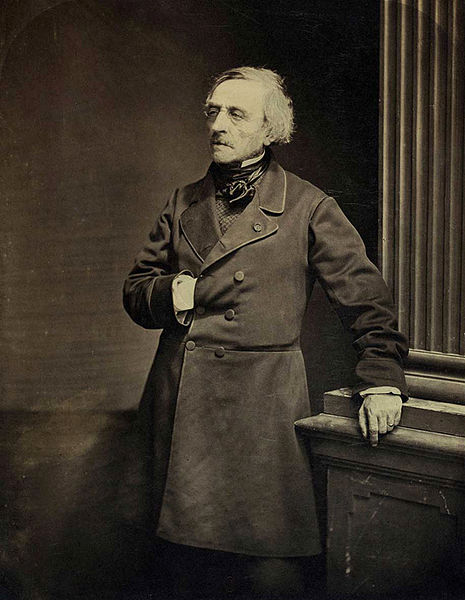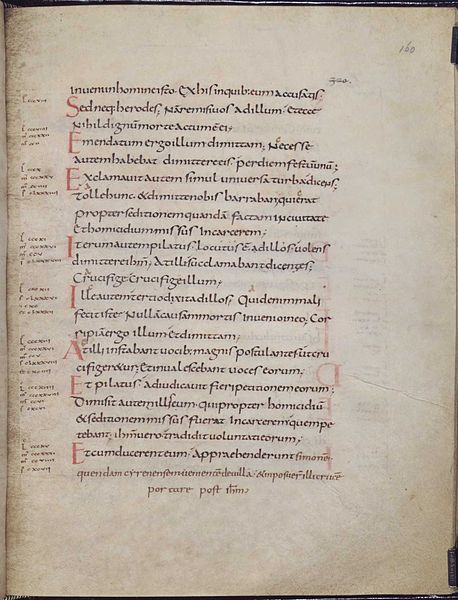The medieval renaissances were periods of cultural renewal across medieval Western Europe. These are effectively seen as occurring in three phases - the Carolingian Renaissance, Ottonian Renaissance and the Renaissance of the 12th century.
Jean-Jacques Ampère was the first writer to speak of a medieval renaissance.
Charles H. Haskins published The Renaissance of the Twelfth Century in 1927
Carolingian minuscule, one of the products of the Carolingian Renaissance.
New technological discoveries allowed the development of Gothic architecture
The Carolingian Renaissance was the first of three medieval renaissances, a period of cultural activity in the Carolingian Empire. Charlemagne's reign led to an intellectual revival beginning in the 8th century and continuing throughout the 9th century, taking inspiration from ancient Roman and Greek culture and the Christian Roman Empire of the fourth century. During this period, there was an increase of literature, writing, visual arts, architecture, music, jurisprudence, liturgical reforms, and scriptural studies. Carolingian schools were effective centers of education, and they served generations of scholars by producing editions and copies of the classics, both Christian and pagan.
Carolingian minuscule, one of the products of the Carolingian Renaissance.
Lorsch Abbey gatehouse, c. 800, an example of the Carolingian architectural style – a first, albeit isolated classical movement in architecture
Alcuin (pictured centre), was one of the leading scholars of the Carolingian Renaissance.
A musician playing a cithara that is thought to have evolved from the Greek lyre, from the 9th century Charles the Bald Bible.







